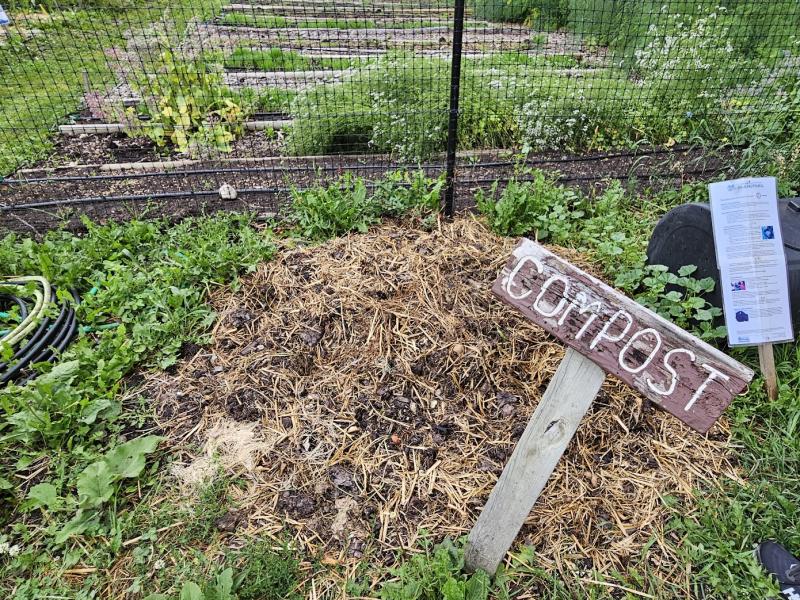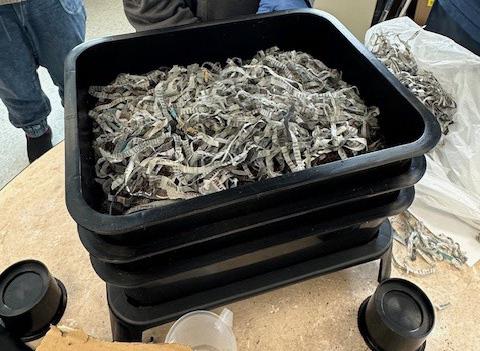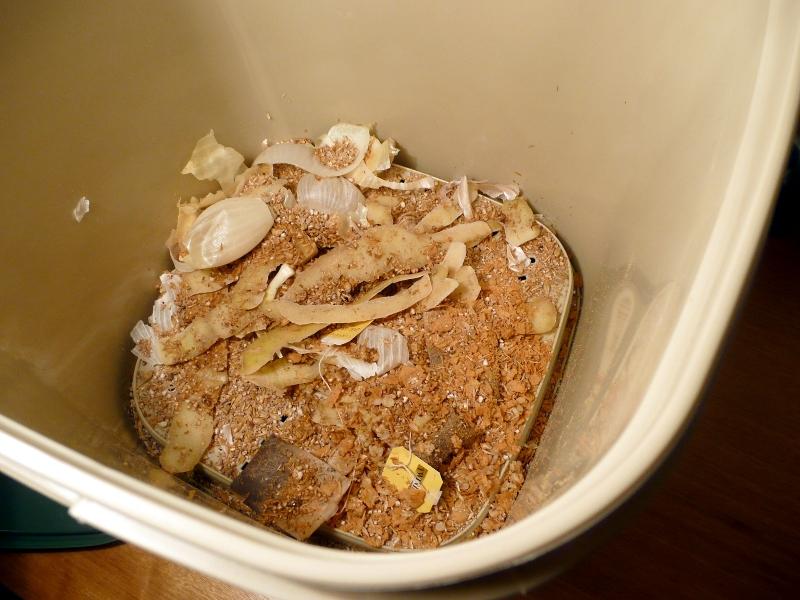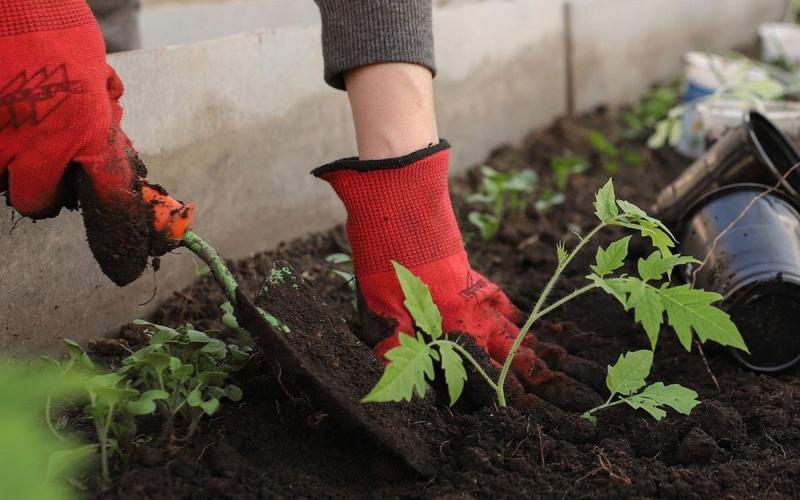The process of composting refers to the decomposition process of organic materials under controlled moist, self-heating, and primarily aerobic conditions to obtain a stable material that can be used as a soil amendment. The natural process of composting is aided by providing an ideal environment for bacteria, fungi, and other decomposing organisms (such as worms, nematodes, etc.) and produces a "Black Gold" that is rich in nutrients and organic matter.
Why Compost
Organic materials like food scraps and yard waste are a large component of municipal solid waste. In a landfill, organic materials often break down anaerobically and produce methane, a greenhouse gas that is 30% stronger than carbon dioxide. Composting your food scraps and yard waste reduces material in the landfill and creates a beneficial soil amendment that can be added to your garden, as it provides organic material and extra nutrients.
Composting:
- Reduces waste.
- Reduces methane emissions from landfills.
- Improves soil health by providing nutrients and trace elements.
- Conserves water by adding organic matter to the soil that acts like a sponge to hold water.
Types of Composting


Hot or Cold Composting
- Keep the ratio of brown (carbon) to green (nitrogen) materials to 1:1 or 2:1 carbon:nitrogen
- Browns=dry leaves, straw
- Greens=food scraps, fresh grass
- For hot composting, temperature should reach 140°F for at least 3 days before turning.
- Add moisture and aeration to maintain temperature.
- For cold composting, add material and mix the pile occasionally.
- For both hot or cold composting, it’s best to have more than one bin so that fresh materials can be added to one bin while the other bin has time to decompose.

Vermicomposting
- Purchase or make a worm bin and purchase red wiggler worms (Eisenia fetida).
- Choose a space for your bin.
- Add bedding material (shredded paper, coconut coir, leaves) and food scraps 1x/week or when gone.
- Add food below bedding and replace bedding on top as necessary.
- Avoid citrus fruits, onions and garlic, and meat and dairy products.
- Harvest soil in several months, but leave the worms!

Bokashi composting
- Purchase or make a bokashi bin and purchase bokashi grains.
- Add food waste to the bokashi bin and then sprinkle with a tablespoon of bokashi grains.
- Compact each layer with a potato masher or other utensil.
- Keep bin closed since the microbes work best without oxygen.
- Drain the liquid occasionally and dilute 1:100 before adding to outdoor plants.
- Once the bin is full, keep closed for 2 weeks before burying in your garden soil or adding to your compost. Keep it covered because it will smell!
Getting Started
- Determine how you’ll collect and store scraps.
- Set aside space for your built or purchased bin.
- Start adding food scraps and waste.
- Start with browns.
- Maintain ratio of brown:green for quick decomposition.
- Keep food scraps covered with browns.
- Turn your pile occasionally.
- Harvest your beautiful compost and mix into containers and garden beds!
Compost Do's and Don'ts
What to compost
- Fruits and vegetables
- Eggshells
- Coffee grounds
- Tea bags
- Nut shells
- Shredded newspaper
- Cardboard
- Paper
- Grass clippings
- Leaves
- Houseplants
- Shredded newspaper
What not to compost
- Meat
- Dairy products
- Fats and oils
- Plastic tea bags
- Pet waste
- Diseased plants
- Yard waste with chemical pesticides
- Black walnut leaves or twigs


